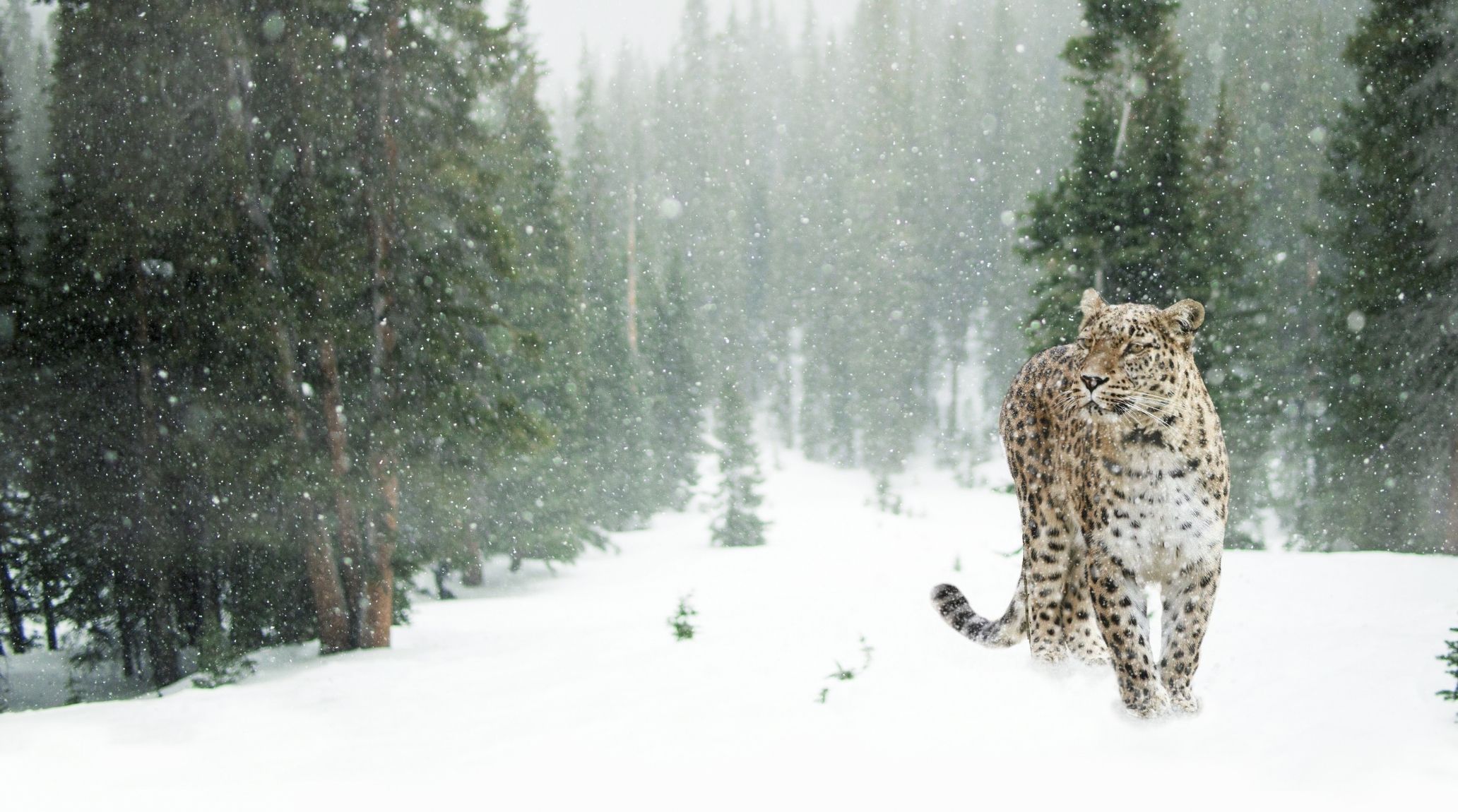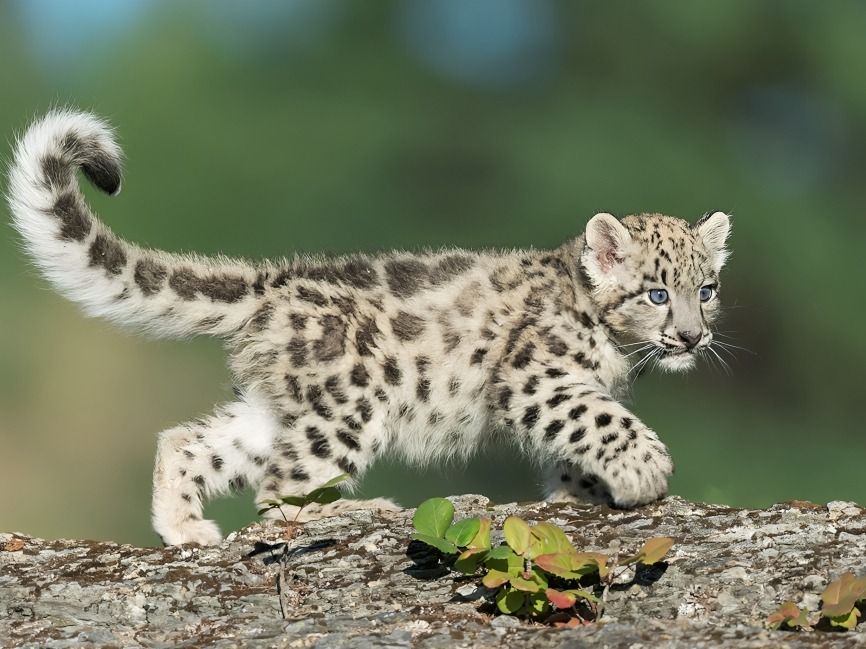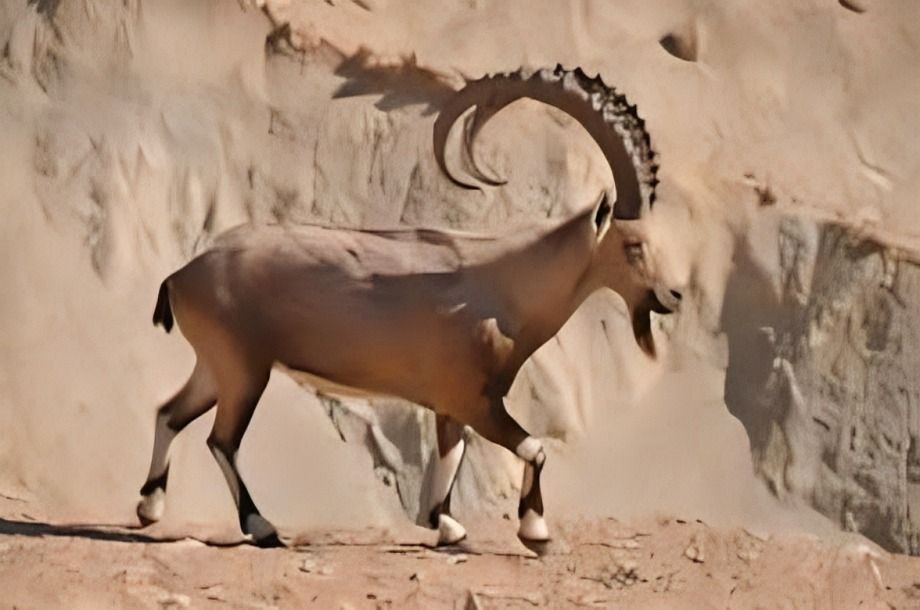
“
Animals in mountainous regions have evolved remarkable adaptations to survive in environments characterized by thin air, rugged terrain, and extreme weather conditions. In this article, we’ll explore 20 fascinating facts about animals in mountainous regions, diving into their survival strategies, physical adaptations, and ecological roles in these high-altitude ecosystems.1
1
”

Snow leopards are adapted to cold mountains with thick fur, wide paws for walking on snow, and long tails for balance, making them stealthy hunters in rugged terrain.
Mountain goats have cloven hooves with rough pads that grip rock surfaces, allowing them to conquer steep cliffs like natural mountaineers. 1
Yaks in the Himalayas have dense woolly coats and enlarged lungs to handle low oxygen, thriving in conditions few animals can survive. 2
Alpine marmots hibernate for up to 9 months, storing fat to endure harsh winters, mastering the art of long-term survival. 3
Golden eagles in mountainous regions have keen eyesight, spotting prey from great distances and ruling the skies as apex predators. 4

Ibex scales nearly vertical rock walls in the Alps, showcasing incredible balance and agility on even the most dangerous cliffs.
Pikas, small mountain mammals, collect and dry plants in summer to store for winter, ensuring survival in their high-altitude homes. 5
Tibetan antelopes, or chiru, have nasal passages that warm cold air, helping them breathe easy in the thin air of mountain peaks. 6
Andean condors, with the largest wingspan of any land bird, glide effortlessly on thermals, rarely flapping their wings as they soar. 7
Red pandas in the Himalayas have thick fur covering even their feet, keeping them snug and warm while they climb through snowy trees. 8
Mountain hares switch their fur from brown in summer to white in winter, blending in perfectly with snow-covered landscapes.9
Bighorn sheep use their massive curved horns in headbutting battles, proving their strength and dominance in the highlands. 10
Alpine salamanders give live birth, a rare feat among amphibians, perfectly adapted to life in cold, mountainous environments. 11
Snowshoe hares’ large, fur-covered feet act like snowshoes, helping them move swiftly across snow without sinking in.12
Tahr in the Himalayas have specialized hooves that grip rocky slopes, turning treacherous terrain into their personal playground. 13
Grizzly bears in mountainous regions, like the Rockies, hibernate in dens during winter, emerging stronger in the spring. 14
Llamas, native to South American mountains, have padded feet and special blood, thriving in high-altitude conditions where oxygen is scarce. 15
Markhor, wild goats of Central Asia, use their spiraled horns to fend off predators, making them fierce defenders of their mountain territories. 16
Snow partridges in the Himalayas have feathered feet and dense plumage, keeping them warm and steady on icy mountain slopes. 17
Mountain frogs, like the Eastern Mountain Frog, slow their metabolism in winter, allowing them to survive freezing temperatures and thrive in the spring. 18


